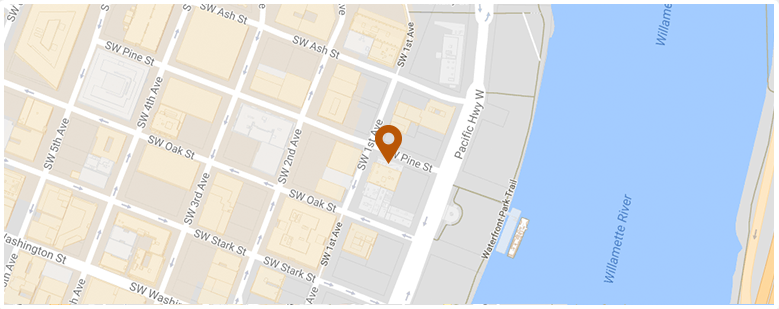Many of us have walked through traveling carnivals and probably had the same thought: exactly how safe and well-maintained are these fairground rides that spend much of the year being hauled from one county fair to the next?
For a group of parents in Connecticut this weekend that question became all too real when, according to the Associated Press “thirteen children were injured when a festival attraction that swings riders into the air lost power” Sunday afternoon. The news agency quotes the police chief of Norwalk, Connecticut estimating “that some children fell between 10 and 15 feet to the ground while some others hit riders and some others hit the ride itself.” Though none of the injuries appear to be life-threatening, one child was reported to have been bleeding from the head at the scene. A dozen children and one adult were treated at a local hospital following the accident, though only one child required overnight hospitalization.
A follow-up story filed by the news agency reports that the ride itself is now being taken apart in an effort to pinpoint the cause of the accident. What is known right now, according to AP, is that something caused the ride to freeze suddenly.
The AP quotes Connecticut State Police saying that the ride’s owner had no history of safety violations, but that fact might obscure the real, larger, problem here: above and beyond safety regulations (which will vary from state to state) the owners and operators of carnival rides and other similar attractions have a basic duty to ensure that their machinery is safe, that it is properly maintained and that these essential functions do not suffer as it is repeatedly broken down and reassembled in one town after another. Here in Oregon this duty to maintain and operate machinery properly, and to ensure that staff carrying out these tasks are themselves properly trained and supervised, is governed by our state’s Oregon industrial accident laws. Under these laws responsibility for an accident can, in some circumstances, be traced back to the manufacturer if it can be shown that the operating instructions, even when followed to the letter, fail to provide a reasonable level of safety.
Negligence can take many forms, including following rules or regulations that any reasonable person, on examination, would find to offer inadequate safety protections. Government regulation is supposed to establish minimum standards, but when it comes to keeping children safe the operators of fairground rides have a duty to do everything they can to ensure safety, not simply the bare minimum that the law may require.
AP via ABC News: Conn. Ride Malfunction under investigation
AP via the Cleveland Plain Dealer: Kids plunge to ground on Connecticut fair ride, 13 hurt
 Oregon Injury Lawyer Blog
Oregon Injury Lawyer Blog


